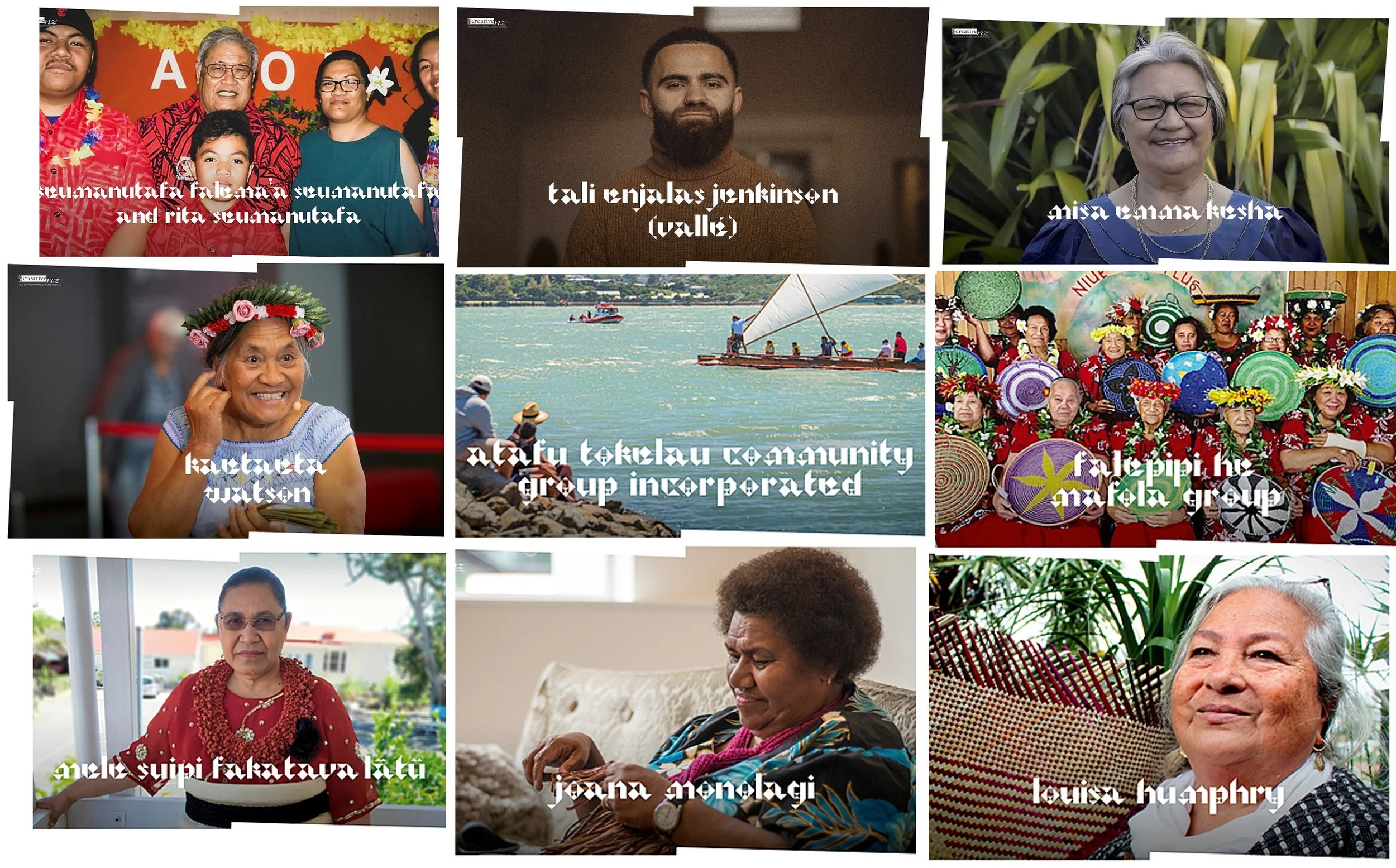PULOTU = PAST = FOUNDATION
Pulotu symbolically means Fiji. It references the past and is regarded as the ancestral homeland and after-world of the peoples of Maama (Tonga) and Lagi (Sāmoa).
“We mediate at the intersection of Indigenous communities and institutional settings to create a harmonious time-space by embedding different ways of knowing, seeing & doing.”
Lagi-Maama Academy & Consultancy is a cultural organisation based in Aotearoa New Zealand, set up by Toluma’anave Barbara Makuati-Afitu, of Samoan heritage, and Kolokesa Uafā Māhina-Tuai, of Tongan heritage. Toluma’anave has a background in stakeholder management and community engagement and Kolokesa in Art History, Social Anthropology and Museums and Heritage Studies.
As an Academy we are involved in knowledge production by privileging our Indigenous ways of knowing and seeing, and as a Consultancy we implement by way of knowledge application through privileging our Indigenous ways of doing! Our work connects and builds bridges between institutions and communities through research and writing; community connection and engagement; curatorial advice and critique; capacity and capability building; cultural intelligence and cross-cultural approaches.
Gifting of our name - Lagi-Maama with Hūfanga-He-Ako-Moe-Lotu Professor 'Ōkusitino Māhina
Pacific Heritage Arts Fono 2020 hosted by Pacifica Arts Centre
This is one of five short films captured through the creative lens of Robert George / The Raro Dog, as part of the Pacific Heritage Arts Fono 2020 – Digital Moana Series, with support from Creative New Zealand and hosted by Pacifica Arts Centre.










